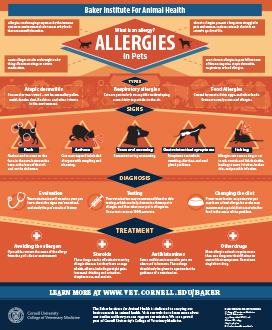How Dog Daycares Calm Overstimulated Dogs
How Dog Daycares Calm Overstimulated Dogs
Blog Article
Just how to Conduct a Pet Day Care Behavior Analysis
Running a canine day care involves much more than just offering a safe area for dogs to play. It also entails understanding each dog's actions, and protecting against dangerous habits like aggressiveness or splitting up anxiousness.
A functional analysis is among the most vital tools a fitness instructor utilizes. Utilizing this tool, they can evaluate the antecedents of actions. For example, why does a pet draw on-leash?
Temperament Examination
Character examinations have been developed for a range of objectives, consisting of assessing occupational pet temperaments (Hsu and Serpell, 2003) and to aid pick pet dogs for rescue shelters that are likely to prosper in the home setting (Arkow, 1994; Miller et alia 1996). Nonetheless, these examinations lack clear objectives or standardization, which minimizes their reliability.
When a pet dog moms and dad makes an appointment for their pet dog to come to day care, be sure to tell them that the very first part of the evaluation will certainly include your temperament test. Throughout this time around, you will certainly separate the pet dog from their owner and observe their reactions to a collection of visual, responsive and scent stimuli, made to measure security, fearfulness, aggressiveness and self-protective actions.
Throughout this process, make sure to pay attention to the canine's head, neck and ear and tail stances, as well as their eye get in touch with. This information will be important for figuring out the most effective playgroup for the puppy.
Daily Regimen
During your pet's stay at a day care, team conduct an everyday regimen of play with other canines, relaxing, enrichment activities, and training sessions. The routine must also include lots of time for the pets to unwind in silent locations when they are overstimulated or showing indications of anxiety (e.g., grumbling, nipping).
When it is time for pick-up, the canine proprietor will usually receive an in-depth record on how their family pet connected with other canines and what tasks they joined throughout the day. This gives the dog owners a concept of what their pet dog experienced at daycare and helps them reinforce positive habits in the house.
An open line of interaction in between the dog owner and the day care personnel is necessary for ensuring that the daycare environment is risk-free and satisfying for all included. Team needs to stay connected with pet dog proprietors regarding their family pets' experiences at boarding dog training daycare and make any type of necessary adjustments to the dogs' routines.
Staff Training
A great pet childcare or boarding facility must have well-trained personnel in pet habits and emergency treatment. Ask about their training and qualifications prior to deciding.
Look for a personnel with favorable attitudes towards dogs and outstanding interaction skills. Beware of high turn over prices as it could suggest monitoring issues that affect uniformity and quality of care.
Inspect the center's pet security plans and team play rules. Credible centers prioritize security and meticulously match canines based upon dimension, temperament, and habits to decrease aggression triggers.
Keep an eye out for indicators of stress or anxiety like hiding or extreme barking. These might signify that the pets are not receiving the care they need or have been subjected to a difficult atmosphere. Seek team that engages in safe interactions, monitors group play, and steps in when required to handle habits and make sure the safety and security of all pets in their treatment.
Toys & Food
An excellent childcare will certainly have great deals of playthings and food to maintain pets busy and captivated. They will likewise have lots of areas for downtime, to assist avoid overstimulation.
Search for a facility that utilizes just favorable support and force-free methods in their pet handling and training. Ask them exactly what they imply by positive reinforcement and how they use it in their interactions with the canines they deal with. Prevent facilities that mention only dominance-based television star fitness instructors as their influences.
Some canines are very shy or worried of various other pets. They might show habits issues at day care such as annoyance barking, mouthing, and even aggression. They will require a setting that can fit them, and a qualified team that understands the importance of restricting playgroup dimension. They will likewise need to be able to recognize indicators of stress, such as placing, body barring, and unrelenting chasing, that can cause scuffles or fights.